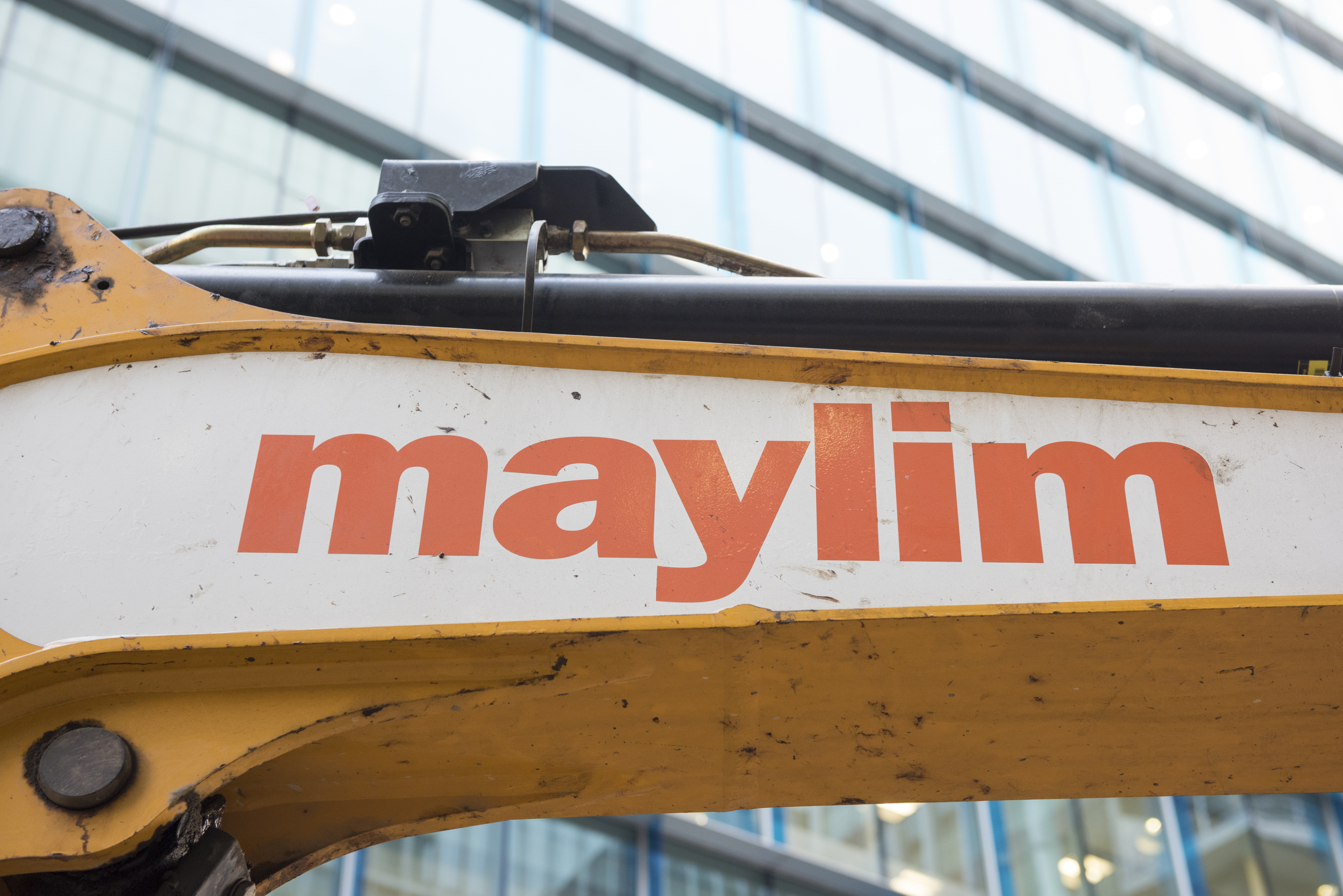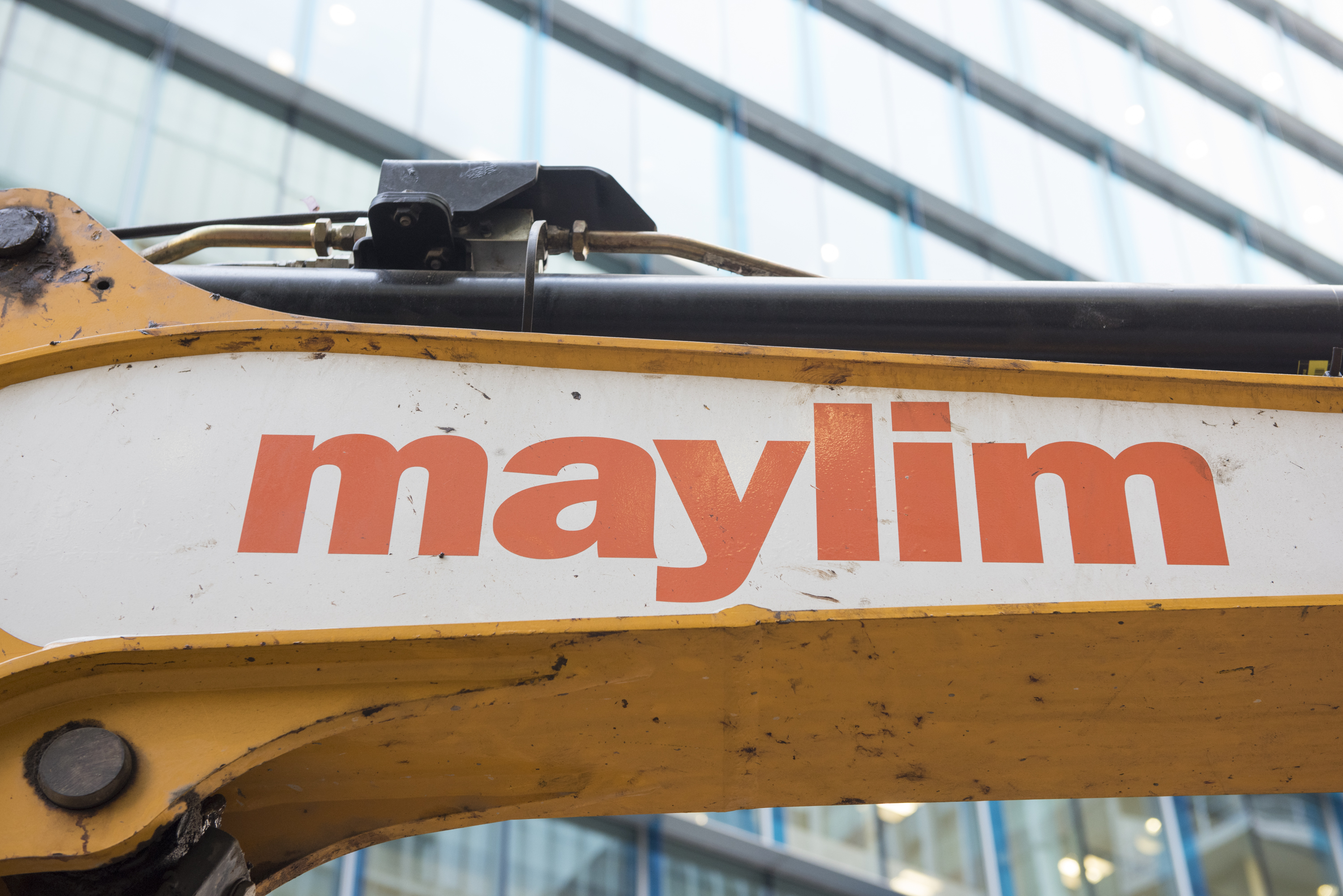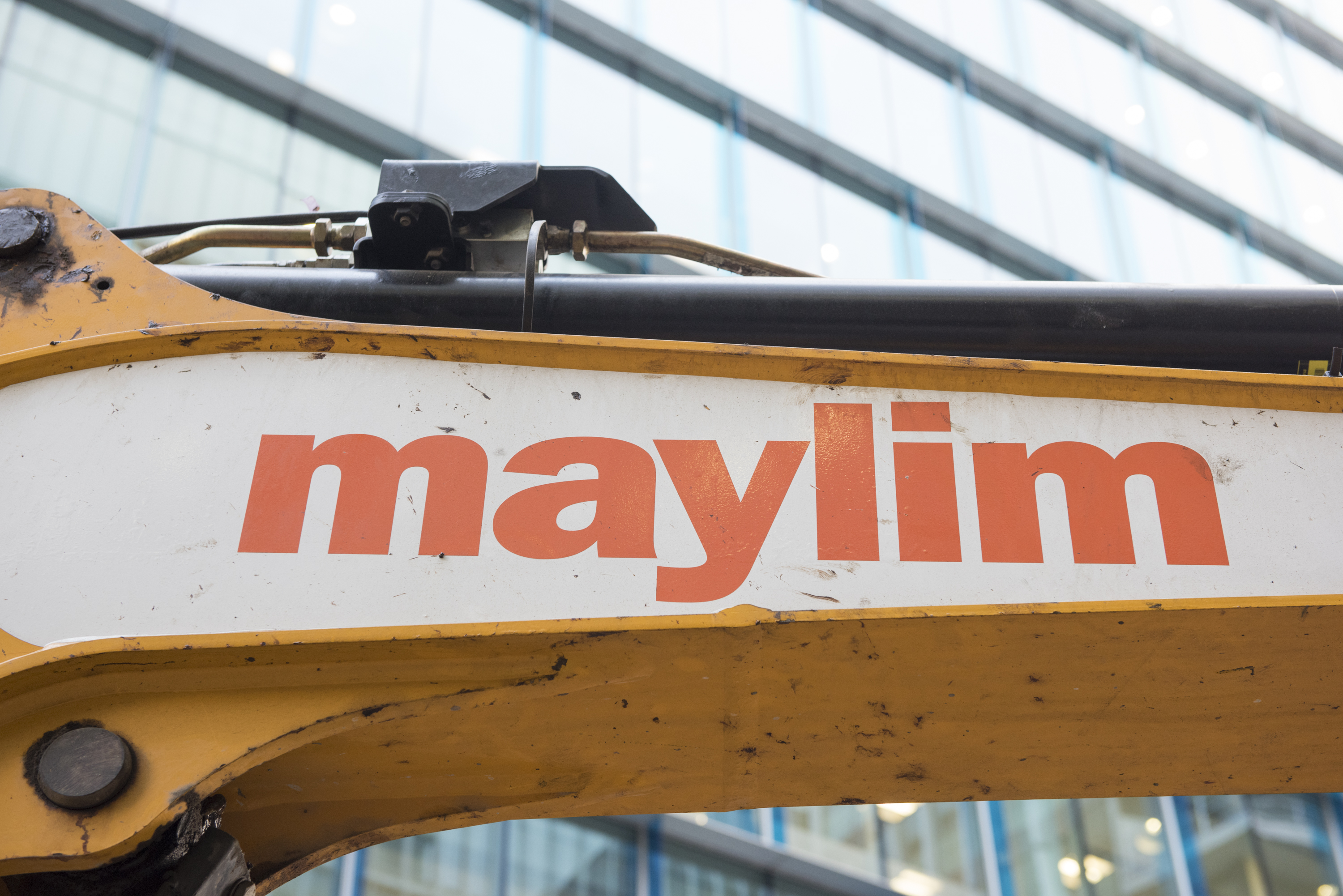Information
-
Appointed Person (Name) preparing this lift plan
-
Lifting Supervisor
-
Location
-
Time and Date
-
Signed by Appointed persons
Purpose
-
The purpose of this lifting plan is to identify the control measures necessary to negate the primary hazards of the: ● Crane/Plant Overturning ● Load falling from the Crane/Plant ● Load or machine striking someone or any other identified hazard.
Scope of works
-
Description of Lifting Operation
Permits & Licenses
-
Has there been an application Permit to Work (P2W) system submitted to aviation authority if applicable
-
Has there been an application for a crane licence to operate on or near public highway
-
In advance of the lift taking place near network rail, the lift plan and the foundation design (outriggers design) should be submitted to Network Rail for review and approval.
-
Attach permit/P2W or approval for confirmation
Lifting Team CPCS
-
Appointed person CPCS A61 card number
-
Lifting Supervisor hold CPCS A62 card number
-
Slingers CPCS A40 (All Type All Duties) card number
-
Excavator operators CPCS A59c (Lifting Ops) card number
-
HI - ABS operators CPCS card number A36A: (Lorry Loader – Hook) A36B: (Lorry Loader – Clamshell Bucket) A36C: (Lorry Loader – Hydraulic Clamp)
Details of Lifting Equipment Provider
-
Company name
-
Address
-
Contact name
-
Telephone No
Selection of Lifting Plant Equipment
-
Lifting Plant Equipment type
- Telehandler
- Excavator
- Lorry Loader (Hi-Ab)
- Forklift
- Mobile Crane
- Spider Crane
-
Is this plant equipment suitable to carry out the lifts safely, e.g. can accommodate lifting the necessary weight, reach the required height etc
-
Insert Plant loading chart and configurations
-
Thorough examination certs for Lifting Equipment Attached
Details of Plant Lifting Equipment
-
Make and Model
-
Serial no of mobile crane
-
Height (ground to jib head)
-
Main jib length
-
Total jib length
-
Radius
-
Rated capacity (safe working load)
-
Safe working load
-
Outrigger spread
-
Counterbalance weight
-
Ground conditions (CBR/Strata), temporary works design in place and checked off (where appropriate)
-
Outrigger loadings
-
Spread mat requirements
-
Is the mobile crane fitted with AMCS
-
Has the mobile crane been fitted with and anemometer
-
Note: where operating (jib) height equals or exceeds 10 m above surrounding structures at any time, the appointed person must advise and consult with the manager of any airport/airfield within 6 km of the site.
-
Airport/airfield requirements
Lifting Site Layout Plan
-
Include Lifting plant equipment position, lay-down/rigging area, position of delivery vehicles, landing points, Swing radius, signaller positions, ground and overhead hazards and exclusion zones. If required, use elevation drawings.
Slinging methods
-
Brief description of slinging methods
-
Attach images or sketches where applicable
Signalling/Communication
-
Indicate whether hand signals or radios are to be used. Also indicate signalling source and radio frequency/channel. This section can also include any unique signaller identification (that is, different colour helmet/hi-vis) if required.
Load Lifting details
-
Maximum weight
-
Maximum size of load
-
Other details (Centre of gravity, lifting points, packaging, pallets and so on)
-
Include pre-lift, lift and post-lift.
-
Insert pictures or sketches where applicable
Lifting Accessories and Configuration for lifting loads
-
Equipment details list Type (for example, spreader beam)
-
Rated capacity (safe working load) (Note: will configuration affect rated capacity?)
-
Thorough examination certs for all lifting gear Attached
Access
-
Include any special travelling routes, road closures/highways notifications, access problems
Site conditions and hazards
-
The following non-exhaustive list should be considered during the lift plan along with any other factors that could affect any aspect of the lift - Excavations, Plant and equipment, Embankments, Roads, Overhead and underground services or obstructions, Rivers, Culverts, Railways, Drainage, Personnel and public, Inspection chambers, Other cranes, Buildings, stationary objects, Environmental considerations, Scaffolding, Airports within 6 km of site
-
List Control measures to eliminate risk factors that could affect any aspect of the lift
Strength and stability
-
Ground conditions must be suitable and sufficient and remain so during lifting operations. Include details of the ground conditions and any additional works required to the ground, including spreader mats specification and any testing regime required (for example, CBR tests). A temporary works design must be in place and checked off before any lifting operation or crane set-up takes place
Weather/environmental considerations
-
Give detail of wind speeds/environmental conditions that have been referenced/anticipated during lifting operations.
-
What is the wind speed for lifting specific lifting of loads on site
Third party considerations
-
Third party considerations e.g., over-sailing, pedestrians, works adjacent to railways, noise and restriction of view.
Emergency/breakdown procedures
-
Is there a emergency/breakdown procedure in place if an event were to occur
Other relevant documentation (list and attach)
-
Attach any relevant documentation
Lifting Team Sign Off
-
The details of this lift plan, along with any other associated risk assessment, method statement or safe system of work, have been brought to the attention of, and explained to, the persons listed below, who have acknowledged that they understand the contents, hazards and associated control measures. AP Signature
-
Site manager
-
Lift supervisor
-
Crane operator
-
Slinger/signaller









